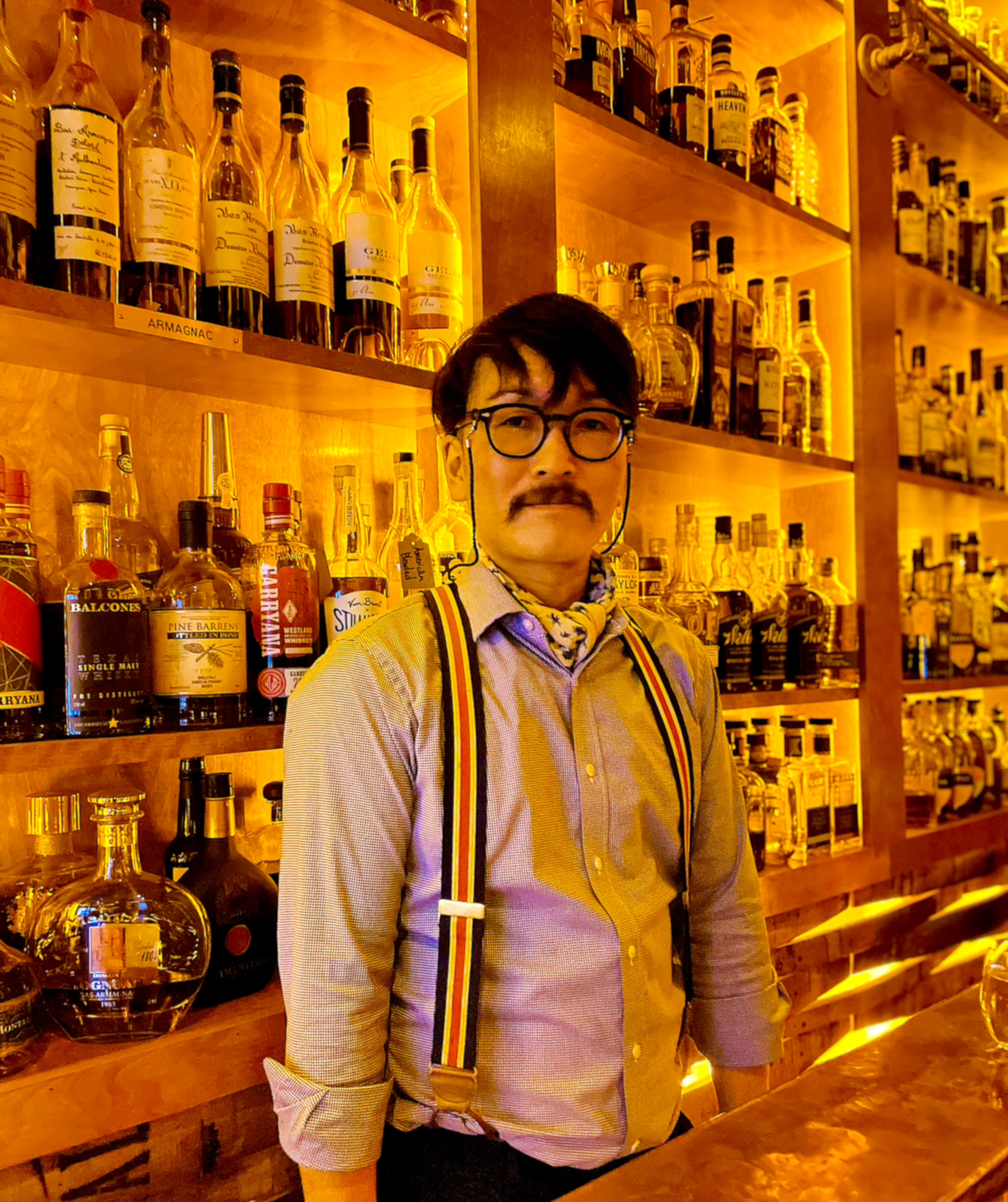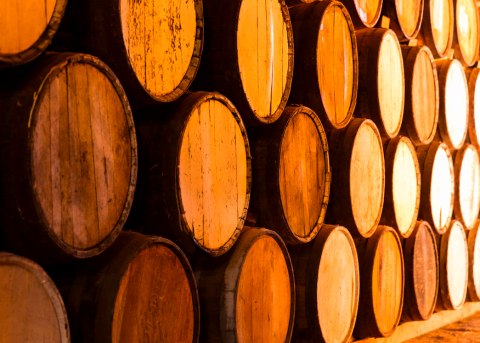An Essential Guide to Japanese Whisky
Jim Murray's Whisky Bible rocked the world of whisky in 2015 when it crowned Japan’s Yamazaki Sherry Cask 2013 as the year's best, breaking a nine-year streak of Scotch domination in the publication. This groundbreaking announcement sparked a surge in Japanese whisky sales in the U.S.

Receiving acclaim in Jim Murray's Whisky Bible was a pivotal moment for Yamazaki and the Japanese whisky market, which has seen exports rise by 1,478% between 2010 and 2020. Yamazaki was Japan’s first malt whisky distillery and celebrated its 100th anniversary in 2023. Masataka Taketsuru is considered a founder of Japanese whiskey and integral to the building of Yamazaki's distillery. The son of sake brewers, he traveled to Scotland to learn the craft of distilling Scotch. Given these roots, contemporary Japanese whisky still bears similarities to Scotch. Both varieties often employ used casks, which have frequently previously served as storage for sherry. In comparison, American Bourbon is the outlier, using fresh casks.
Today, one destination for sampling a remarkably broad range of Japanese whisky is at Manhattan’s Copper & Oak. They serve 1,400 labels, including 130 Japanese whiskies.
Tomo Matsushita is the bar’s spirits sommelier and was named an Icon of Whisky in America in 2021. Raised in Japan, he started his career at an Osaka hotel before coming to New York to further explore mixology and spirits. His interview with HRN host Akiko Katayama on Japan Eats! breaks down the history of Japanese whisky, what you can find on the market today, and how even whisky novices can start enjoying this spirit.
One component distinguishing Japanese whisky is the art of blending.
Yamazaki is especially skilled at the art of blending. The company has developed stills in a variety of shapes, allowing them to make many whiskies in a single distillery. Single malt whisky is defined as 100% malted barley from a single distillery; therefore it’s possible to blend spirits and hold this moniker. Yamazaki has ownership over the entire vertical from field to still which offers them meticulous control over the flavors that go into their perfected blends. Nikka Whisky, another Japanese distillery that was actually founded by Masataka Taketsuru after his contract ended with Suntory, prides itself on its Scottish roots (and using a traditional Scottish still) while also blending varieties into single malt spirits. 
Flavor is another key factor to consider.
Scotch can often be recognized by peat's flavor profile, used heavily to dry the malt and results in a smoky flavor. In Japanese culture, alcohol and food are usually consumed together and paired carefully. It’s common to use mixers and to see much fainter notes of peat since it can be too strong to accompany the refined flavors of Japanese cuisine. Likewise, Bourbon typically reflects flavors of new oak casks, giving the whisky a toasted vanilla taste that can overpower a meal and therefore is less popular in Japan
So, what exactly does the category of Japanese whisky include?
While Scotch and Bourbon have strictly regulated definitions enforced by the government, no such requirements exist for Japanese whisky. Technically, it can be made out of anything. There are low-quality spirits on the market that capitalize on the reputation of Japanese whisky. Beyond that, there are other spirits fighting to be included in the category, like shochu. There is a history spanning hundreds of years of shochu-making in Japan. Sochu is a distilled spirit made from grains such as sweet potato, rice, buckwheat, or barley. Sochu made from barley differs from traditional whisky in of critical ways: the barley is not malted, and the beverage is fermented with koji (the national mold of Japan).

While Tomo and Akiko agree that low-quality, unregulated whiskys using a ‘Japanese whisky’ label is bad for consumers, they’re more open to barley shochu marketing itself as whisky. Tomo says, “it would be nice having more categories in Japanese whisky,” pointing out that it may help some people discover their love for shochu and popularize the beverage. He does acknowledge that the market is chaotic right now, though. At Copper & Oak, he keeps traditional Japanese whiskies and barley shochu separated on the shelf. Akiko thinks that perhaps “we have to come up with a new category instead of calling shochu whisky,” a statement with which Tomo “totally agrees.”
If you’re looking to dive into the world of Japanese whisky, there are a few ways to get started.
Copper & Oak is a popular destination for those who want to try a whisky before purchasing a bottle. If you’re truly a beginner who is worried whisky is too strong for your palate, Tomo suggests starting with a cocktail like the highball. But he emphasizes that whisky is for sipping (not shooting), which makes it more enjoyable to drink. At Copper & Oak that’s what it’s all about - there’s no ice or mixers to be found. Tomo’s last piece of advice - keep changing the glasses as you taste.
If you’re looking to purchase your own Japanese glassware, Korin is a great place to turn. Their products come from a rich Japanese tradition but can be used for any cuisine, inside restaurants, or home kitchens. Their store in Manhattan is outfitted with glassware, tableware, and perhaps the most extensive collection of Japanese chef knives in the world. Thank you to Korin for supporting this article and episode of Japan Eats!
Listen to the podcast interview here or find Japan Eats! wherever you get your podcasts:










